It has been ten years since the late Nicolas Hayek warned that he was going to cut the deliveries of ebauches to his competitors.
While some brands, like Breitling or Panerai, did their best to integrate their production as much as possible, some others, like IWC for example, did not seek to develop other house-made movements, to compensate for a possible ending of the precious 7750 and 2824 deliveries.
Whether they are ants or cicadas, hard workers or lazy, nobody foresaw the current core issue, which actually has to do with the "heart" of the watch.
Indeed, the end of the Swatch group deliveries had been well anticipated by the "shavings makers" (like Tech Ebauches, Sellita, Technotime, Concepto, etc.…), who created a "CNC" Maginot line.
But the fate of Maginot lines is to be by-passed: actually, the problem specifically comes from the hairsprings and more generally from the sets! In fact, the main provider, Nivarox, is a subsidiary of the Swatch Group...
Did you have an opinion? Just give it on Watchonista by answering to the silicium pool, and read the greatest bloggers opinions.
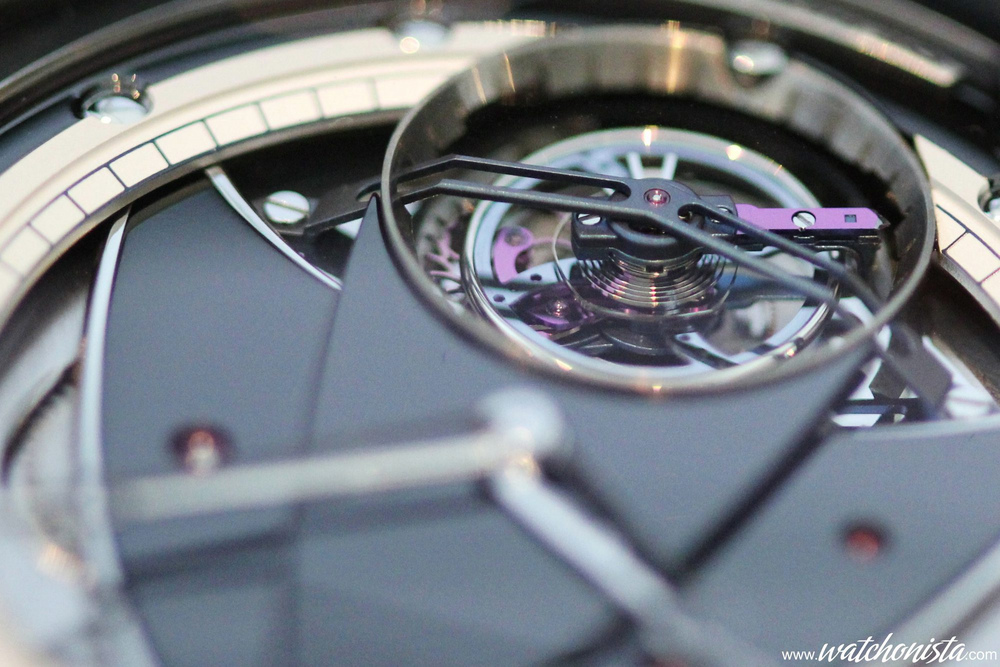
For a few months, there was a rumor about a potential wave of panic related to the hairsprings: it stated that this component, as tiny as it is vital, as cheap as it is complicated to industrialize, would be missing with a cruelty worthy of the quartz crisis.
This anxiety became tangible when Nivarox informed TAG Heuer that the deliveries had stopped.
Today, a watchmaker who wants to produce watches independently, has to invest in equipments. Yet, there are only three ways to do so.
Produce Elinvar hairsprings oneself: if it is the most common and the safest solution in terms of brand image, it is also the most complicated to implement.
Indeed, the material's recipe is not a secret, the Elinvar alloys are utilized in precision measurement tools (industrial scales, precision gauges, etc.);
Hence, there are some producers of the precious isotropic steel alloy, most of them German;
For example, one could think of the Precision Engineering/Moser share holder, who has been producing this material for a long time.
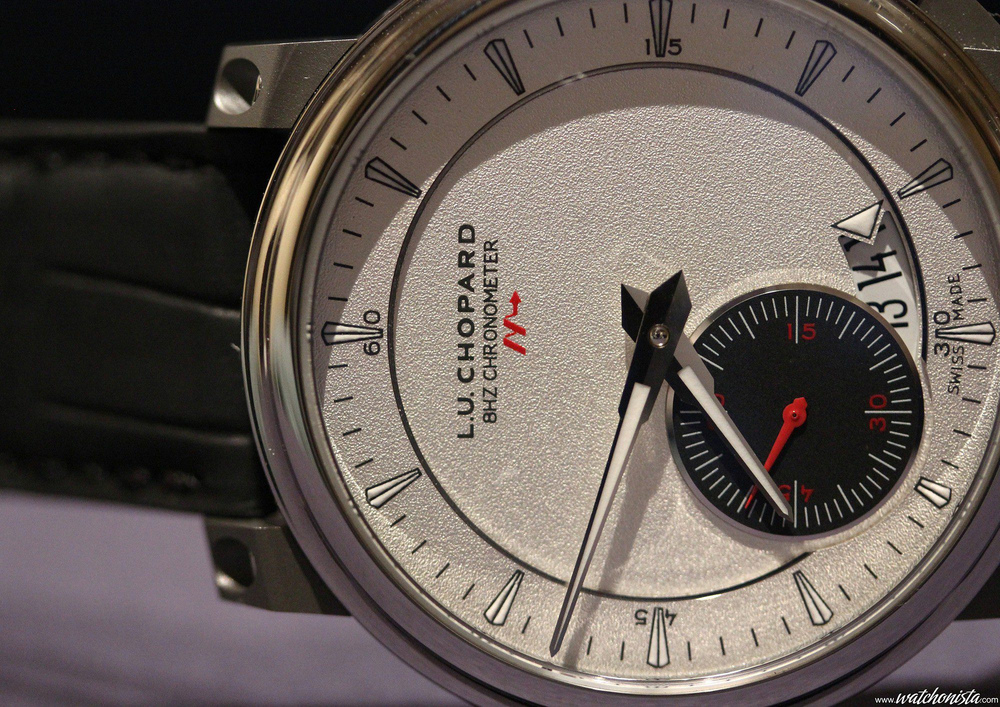
The product is available, the Elinvar spiral recipe is can be found in all the good watchmaking cooking books.
But the missing part is the Chef! Only a few members of Nivarox, carefully selected and submitted to security and confidentiality levels that would make a fighter pilot turn pale, know the secrets of fabrication of the magical hairsprings produced by the ETA's subsidiary.
The brands who offers alternative hairsprings, like Ato-Kalpa or Technotime, spent years to produce good quality hairsprings, and the waste seems to be higher than that of the Swatch Group ("seems", because nobody knows what happens at Nivarox).
So, to summarize:
Finding the right alloy is rather easy, and at any rate a hairspring only weighs a few tenths of a gram, therefore one wastes very little material to find the right mix.
Finding the machines for laminating, wire drawing and hairspring counting is far more complicated, as they are not produced anymore and most of them were destroyed during the quartz crisis.
For example, Technotime bought machines from the ex-Eastern Bloc, formerly used to produce Poljot and consorts.
Finding the "Chef" who will perfectly master all the stages of the production is almost impossible; therefore, he must be trained internally.
The implementation of a hairspring production plant is a long process, as it takes several years of development to achieve a consistent level of quality (consistent enough for the pairing and the hairspring/balance tuning to be done in less than one day per watch).
But! As the recent "TAG case" just demonstrated, most of the brands cannot spend the 5 or 10 years required to integrate the whole production chain.
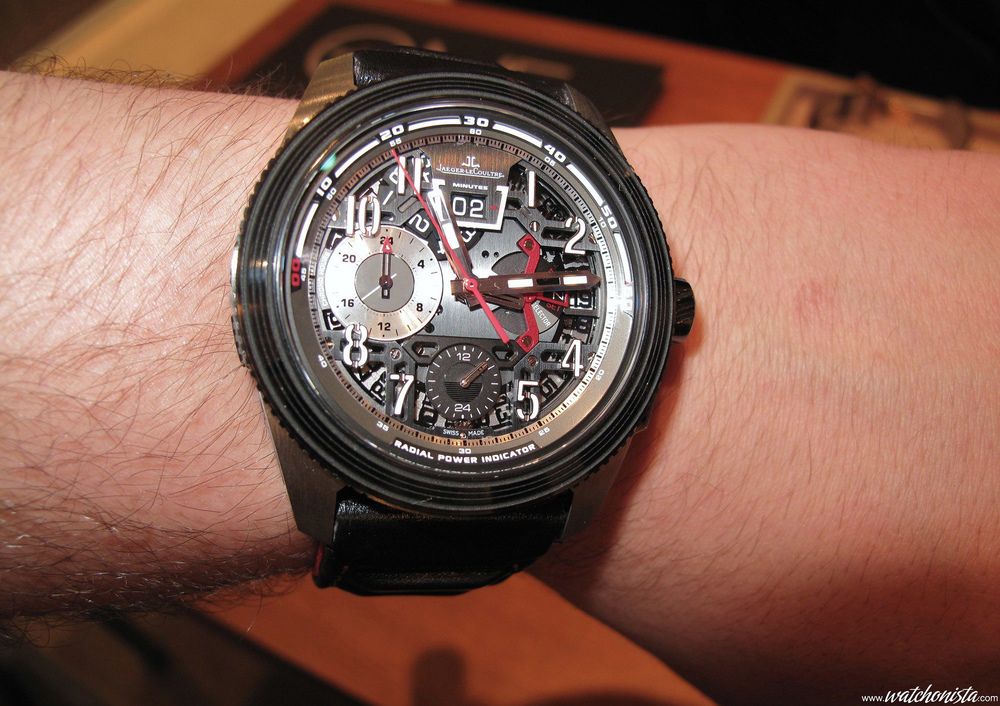
Buy hairsprings from other providers than Nivarox: in spite of the quality of their production, the likeable Helvetian sub-contractors cannot supply quantities large enough for the big brands such as Tag Heuer (or Breitling).
TAG, as always the first in any domain, just announced that it will buy its supplies from Japan.
The only continent that produces hairsprings in large quantities is Asia.
For example, one could think of the Chinese Sea-Gull, whose production figures are bigger than those of ETA.
Or of SeikoSha, which is also a very good alternative choice, as its Grand Seiko watches announce better chronometric performances than Rolex.
The Helvetian brands which will source their products in Asia, will symbolically trample the "Swiss Made", by fitting the Swiss watches with the only part that until now, was 100% made in Switzerland.
This decision might lead to extremely damaging consequences.
One already sees some small brands claiming their cantonal belonging, since the "Swiss Made" doesn't seem to be a guaranty of AOC for the watches.
Indeed it will be the end of a kind of ambiguity; but the overall watchmaking industry benefits from it;
and the entire field, even those who did what it takes, is at risk of being penalized by a blurred brand image.
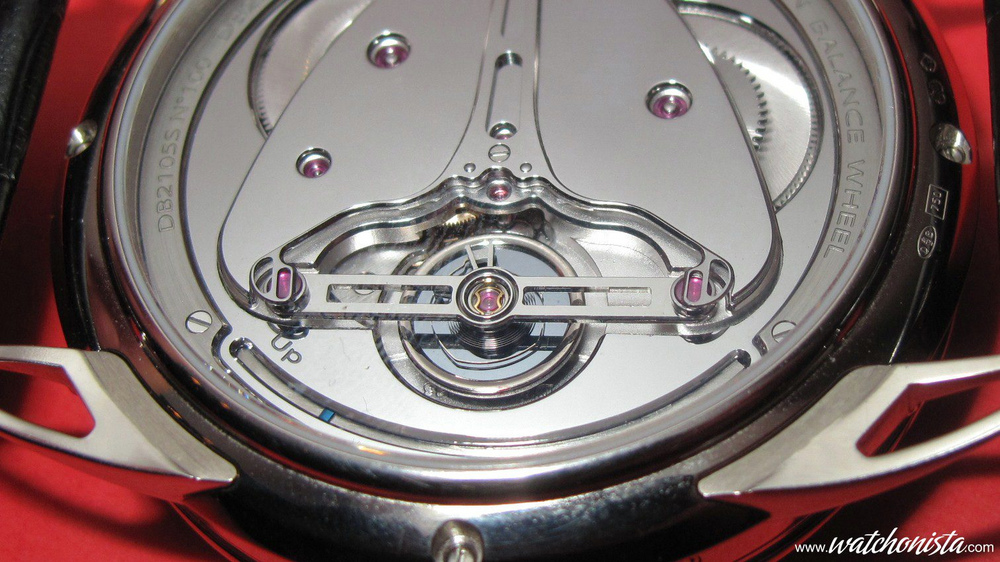
Produce silicon hairsprings: it is currently the biggest topic in watchmaking since the advent of quartz.
To well understand what is at stake, one has to understand that the preparation of silicon compared to that of Elinvar is like the Molecular Gastronomy opposed to the "Nouvelle Cuisine" of the greatest chefs.
Or even, if one is a scandalmonger, it is like McDonald's vs. the "Grande Cuisine".
While manufacturing Elinvar demands a genius cook able to feel the materials, to observe the clouds to know the atmospheric pressure, the fabrication of silicon hairsprings takes a valedictorian trained in cutting-edge technologies and able to run the chemical cutting of material with precisions down to the micron, through the mathematical rigor of equations.
The benefit of using silicon is that one can implement a manufacturing chain faster.
If there is enough equipment, this strategic component can be produced in large quantities far quicker than the Elinvar.
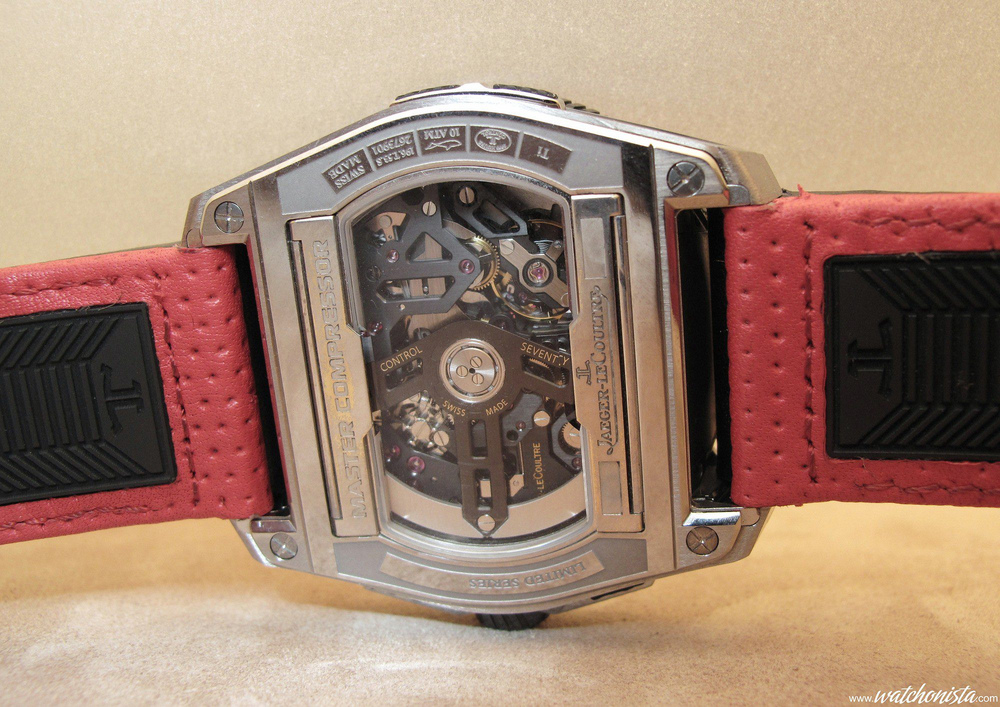
The other benefit brought by the silicon is that the quality of the hairsprings is standardized by the "LIGA" cutting process.
Hence, the slow and difficult pairing phase does not exist anymore (the differences in hairsprings qualities are compensated by appropriate balances). Thus, even the balance production stage is simplified.
The problem with the silicone arises during the assembling phase, where the very fragile hairspring must be fitted into its final slot without shocks.
While some brands, like Breitling or Panerai, did their best to integrate their production as much as possible, some others, like IWC for example, did not seek to develop other house-made movements, to compensate for a possible ending of the precious 7750 and 2824 deliveries.
Whether they are ants or cicadas, hard workers or lazy, nobody foresaw the current core issue, which actually has to do with the "heart" of the watch.
Indeed, the end of the Swatch group deliveries had been well anticipated by the "shavings makers" (like Tech Ebauches, Sellita, Technotime, Concepto, etc.…), who created a "CNC" Maginot line.
But the fate of Maginot lines is to be by-passed: actually, the problem specifically comes from the hairsprings and more generally from the sets! In fact, the main provider, Nivarox, is a subsidiary of the Swatch Group...
Did you have an opinion? Just give it on Watchonista by answering to the silicium pool, and read the greatest bloggers opinions.
For a few months, there was a rumor about a potential wave of panic related to the hairsprings: it stated that this component, as tiny as it is vital, as cheap as it is complicated to industrialize, would be missing with a cruelty worthy of the quartz crisis.
This anxiety became tangible when Nivarox informed TAG Heuer that the deliveries had stopped.
Today, a watchmaker who wants to produce watches independently, has to invest in equipments. Yet, there are only three ways to do so.
Produce Elinvar hairsprings oneself: if it is the most common and the safest solution in terms of brand image, it is also the most complicated to implement.
Indeed, the material's recipe is not a secret, the Elinvar alloys are utilized in precision measurement tools (industrial scales, precision gauges, etc.);
Hence, there are some producers of the precious isotropic steel alloy, most of them German;
For example, one could think of the Precision Engineering/Moser share holder, who has been producing this material for a long time.
The product is available, the Elinvar spiral recipe is can be found in all the good watchmaking cooking books.
But the missing part is the Chef! Only a few members of Nivarox, carefully selected and submitted to security and confidentiality levels that would make a fighter pilot turn pale, know the secrets of fabrication of the magical hairsprings produced by the ETA's subsidiary.
The brands who offers alternative hairsprings, like Ato-Kalpa or Technotime, spent years to produce good quality hairsprings, and the waste seems to be higher than that of the Swatch Group ("seems", because nobody knows what happens at Nivarox).
So, to summarize:
Finding the right alloy is rather easy, and at any rate a hairspring only weighs a few tenths of a gram, therefore one wastes very little material to find the right mix.
Finding the machines for laminating, wire drawing and hairspring counting is far more complicated, as they are not produced anymore and most of them were destroyed during the quartz crisis.
For example, Technotime bought machines from the ex-Eastern Bloc, formerly used to produce Poljot and consorts.
Finding the "Chef" who will perfectly master all the stages of the production is almost impossible; therefore, he must be trained internally.
The implementation of a hairspring production plant is a long process, as it takes several years of development to achieve a consistent level of quality (consistent enough for the pairing and the hairspring/balance tuning to be done in less than one day per watch).
But! As the recent "TAG case" just demonstrated, most of the brands cannot spend the 5 or 10 years required to integrate the whole production chain.

Buy hairsprings from other providers than Nivarox: in spite of the quality of their production, the likeable Helvetian sub-contractors cannot supply quantities large enough for the big brands such as Tag Heuer (or Breitling).
TAG, as always the first in any domain, just announced that it will buy its supplies from Japan.
The only continent that produces hairsprings in large quantities is Asia.
For example, one could think of the Chinese Sea-Gull, whose production figures are bigger than those of ETA.
Or of SeikoSha, which is also a very good alternative choice, as its Grand Seiko watches announce better chronometric performances than Rolex.
The Helvetian brands which will source their products in Asia, will symbolically trample the "Swiss Made", by fitting the Swiss watches with the only part that until now, was 100% made in Switzerland.
This decision might lead to extremely damaging consequences.
One already sees some small brands claiming their cantonal belonging, since the "Swiss Made" doesn't seem to be a guaranty of AOC for the watches.
Indeed it will be the end of a kind of ambiguity; but the overall watchmaking industry benefits from it;
and the entire field, even those who did what it takes, is at risk of being penalized by a blurred brand image.
Produce silicon hairsprings: it is currently the biggest topic in watchmaking since the advent of quartz.
To well understand what is at stake, one has to understand that the preparation of silicon compared to that of Elinvar is like the Molecular Gastronomy opposed to the "Nouvelle Cuisine" of the greatest chefs.
Or even, if one is a scandalmonger, it is like McDonald's vs. the "Grande Cuisine".
While manufacturing Elinvar demands a genius cook able to feel the materials, to observe the clouds to know the atmospheric pressure, the fabrication of silicon hairsprings takes a valedictorian trained in cutting-edge technologies and able to run the chemical cutting of material with precisions down to the micron, through the mathematical rigor of equations.
The benefit of using silicon is that one can implement a manufacturing chain faster.
If there is enough equipment, this strategic component can be produced in large quantities far quicker than the Elinvar.
The other benefit brought by the silicon is that the quality of the hairsprings is standardized by the "LIGA" cutting process.
Hence, the slow and difficult pairing phase does not exist anymore (the differences in hairsprings qualities are compensated by appropriate balances). Thus, even the balance production stage is simplified.
The problem with the silicone arises during the assembling phase, where the very fragile hairspring must be fitted into its final slot without shocks.

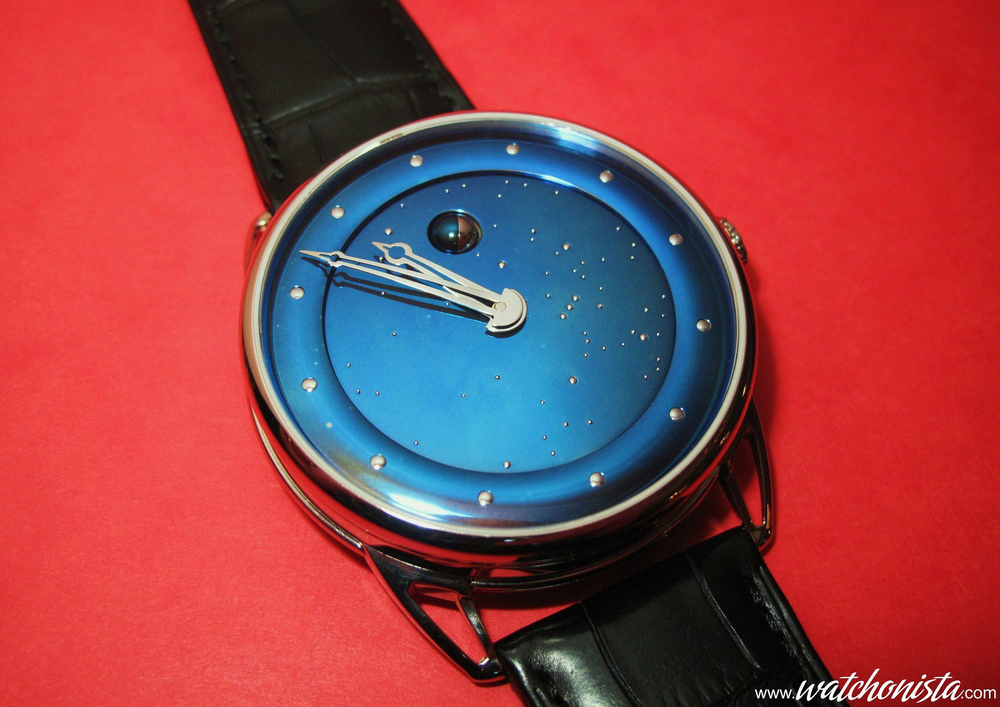
Comment